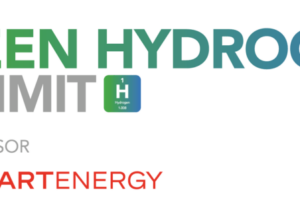2024 Agenda
Interested in speaking on a panel, or giving a presentation?
Get in touch with the Green Hydrogen Summit conference producer, George Turner to discuss speaking opportunities.

2024 Agenda
Interested in speaking on a panel, or giving a presentation?
Get in touch with the Green Hydrogen Summit conference producer, George Turner to discuss speaking opportunities.